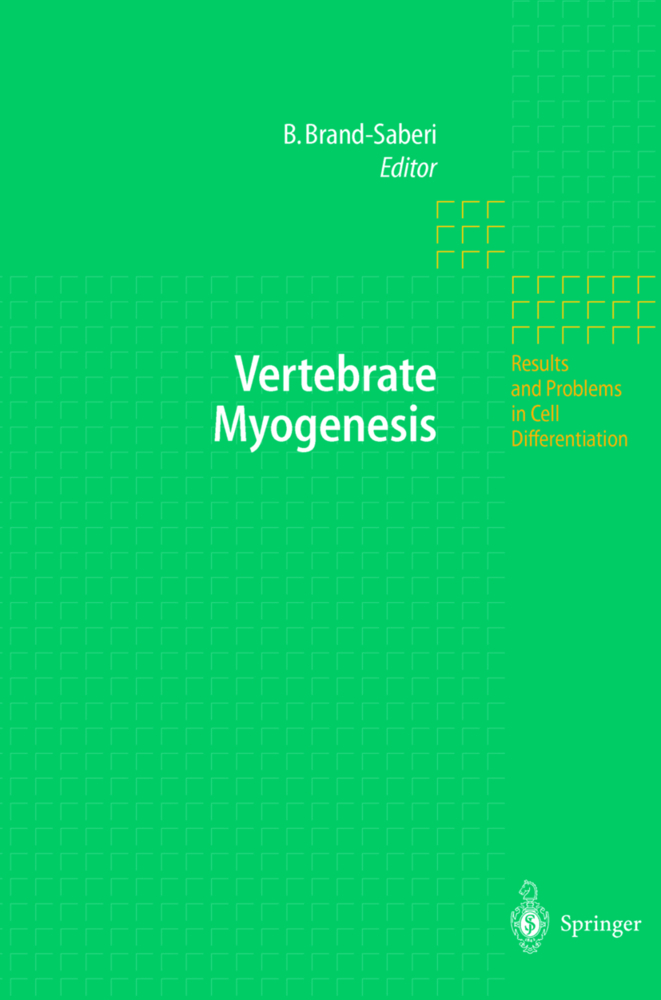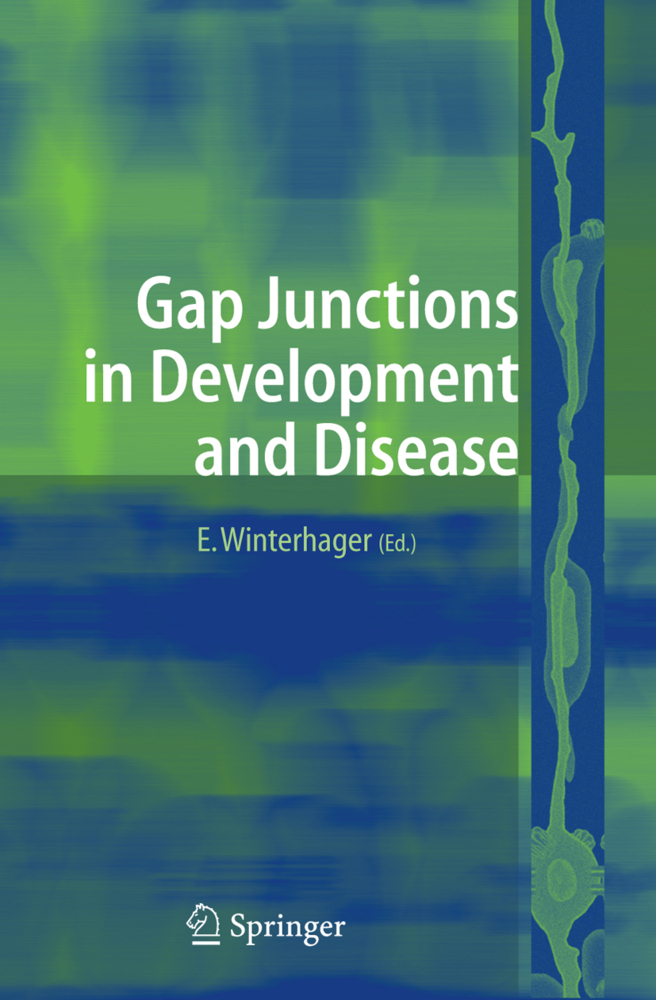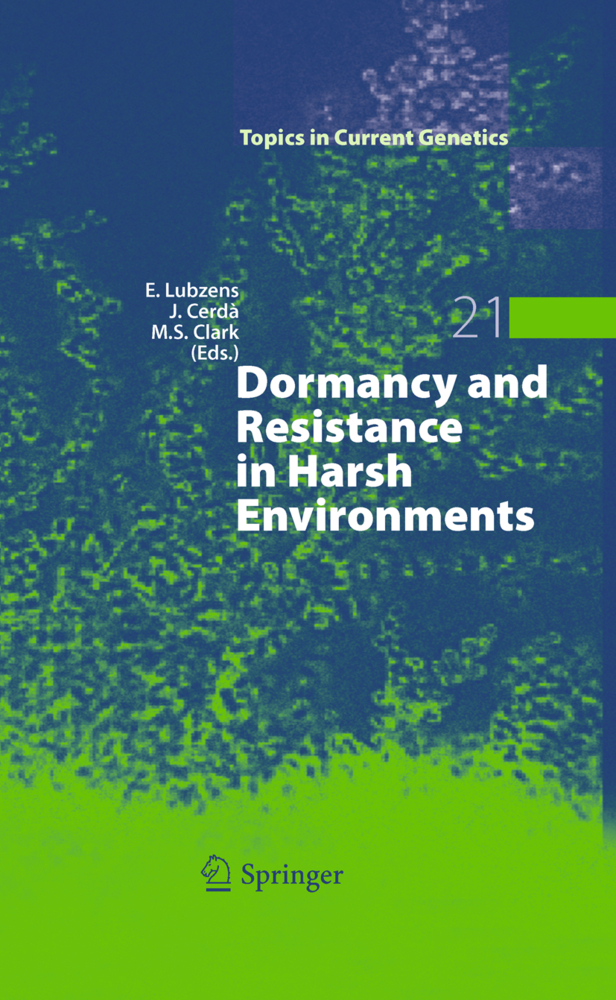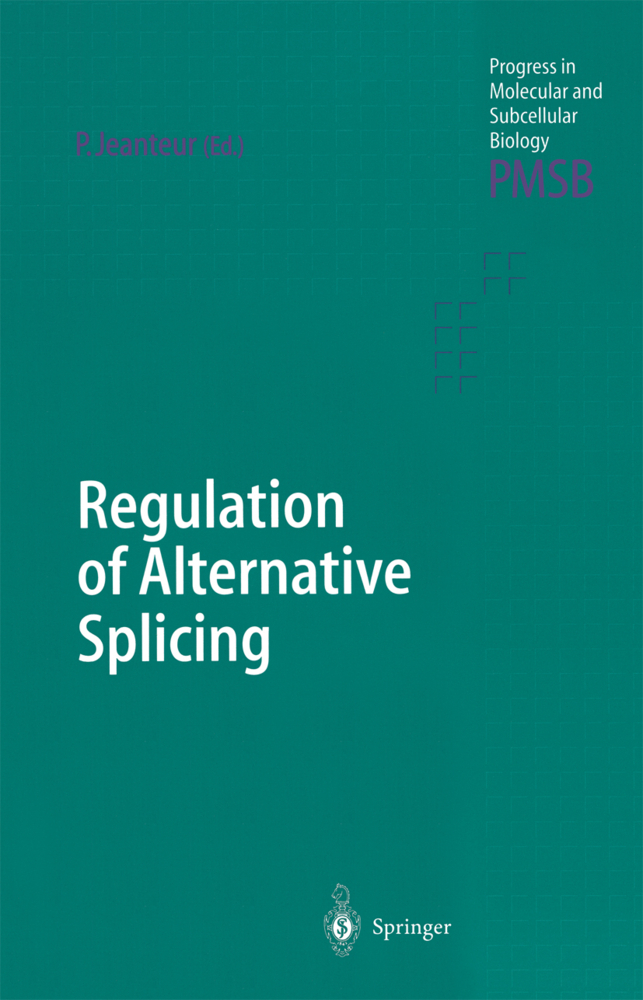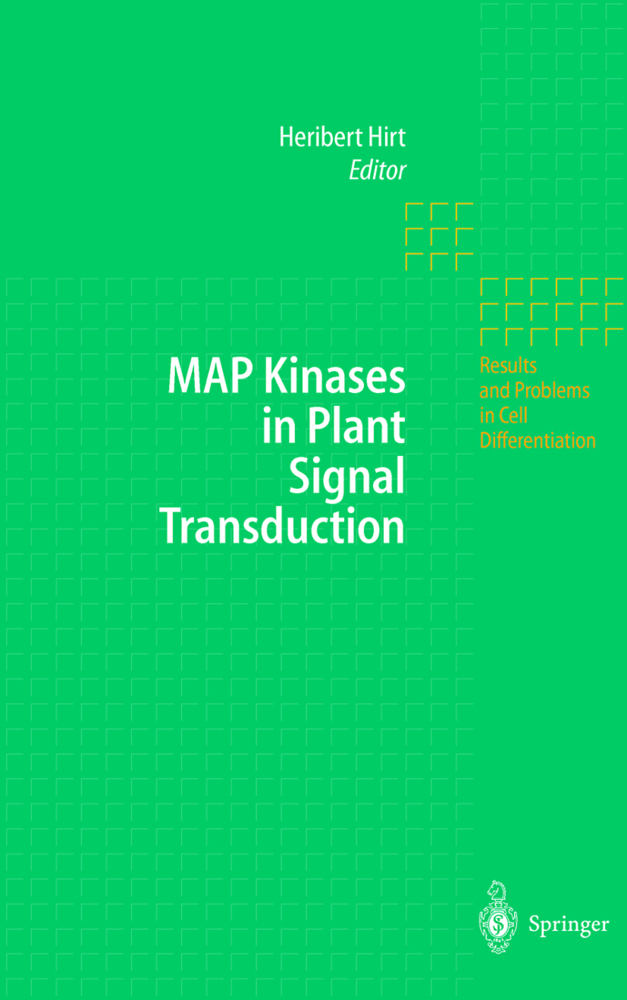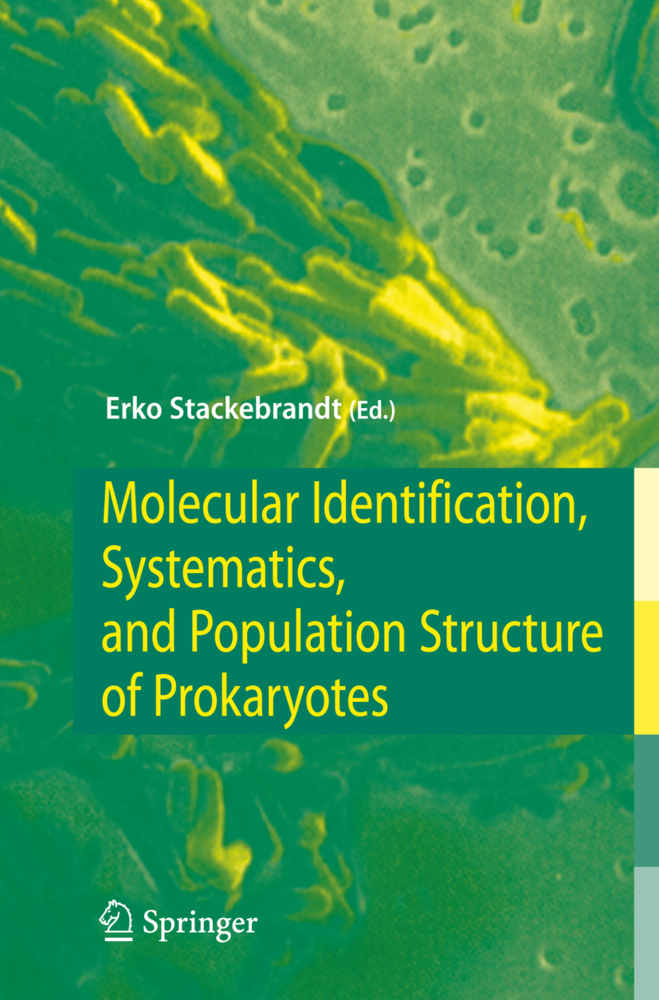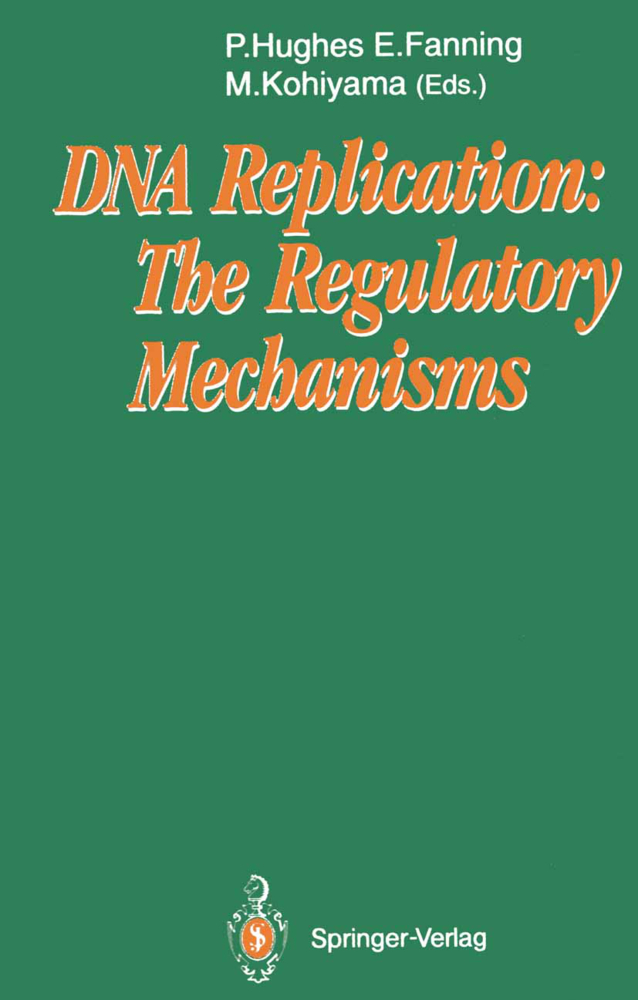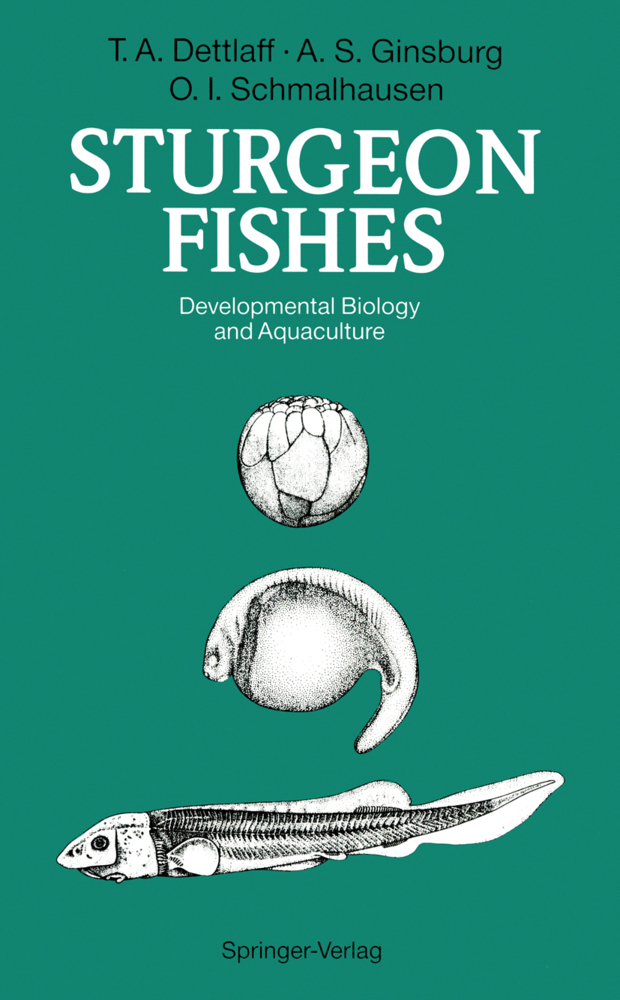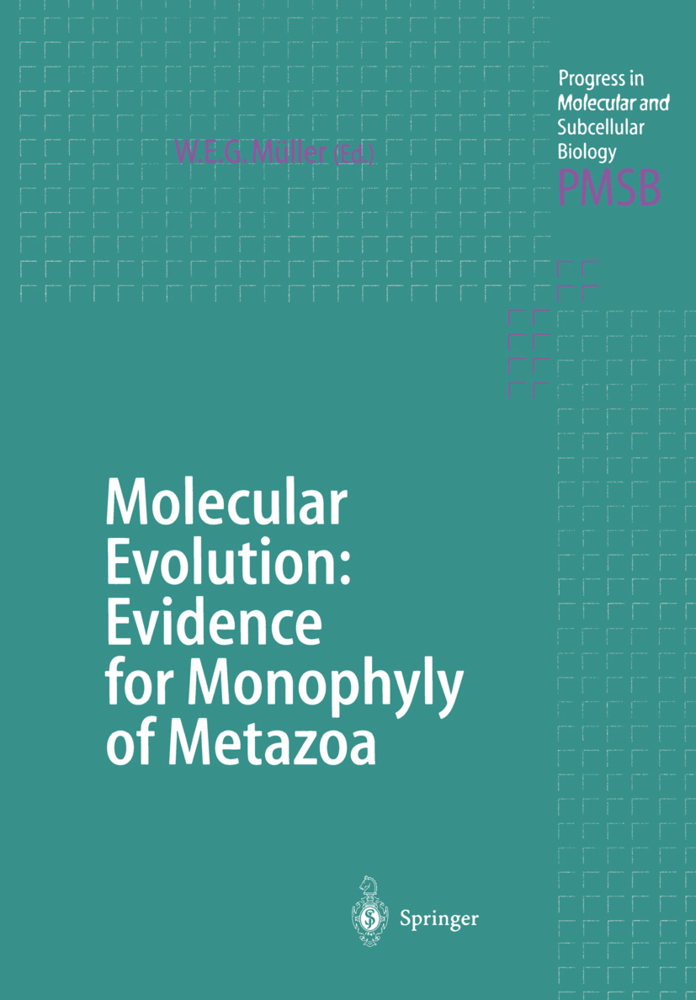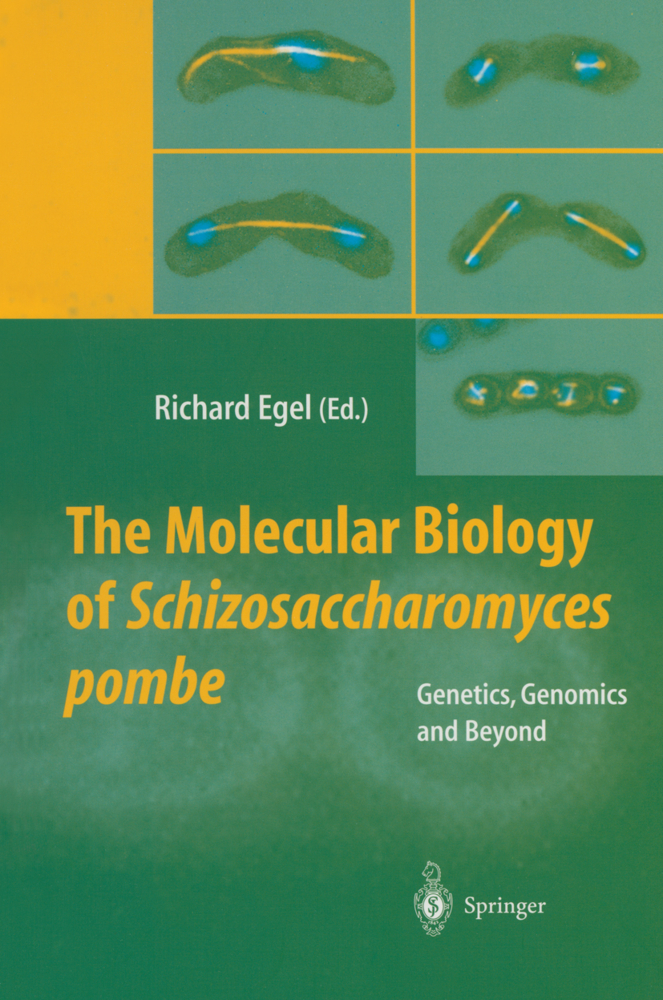Vertebrate Myogenesis
Vertebrate Myogenesis
The development of vertebrate muscle has long been a major area of research in developmental biology. During the last decade, novel technical approaches have allowed us to unravel to a large extent the mechanisms underlying muscle formation, and myogenesis has become one of the best-understood paradigms for cellular differentiation.
This book concisely summarizes our current knowledge about muscle development in vertebrates, from the determination of muscle precursors to terminal differentiation. Each chapter has been written by an expert in the field, and particular emphasis has been placed on the different developmental and molecular pathways followed by the three types of vertebrate musculature - skeletal, heart and smooth muscle.
2 Timing of Smooth Muscle Development
3 Morphology of Developing Smooth Muscles
4 Cytological Differentiation
5 Chemical Differentiation
6 Growth of Visceral Smooth Muscles
7 Cell Division and Increase in Cell Number
8 Extracellular Materials and Vascularization
9 Origin of Smooth Muscle Precursors
10 Influence of Endothelium, Epithelium, Connective Tissue and Nerves on Smooth Muscle Development
11 Development of Mechanical Activity
12 Related Processes of Development and Growth
13 Synopsis
References
Mammalian Smooth Muscle Differentiation: Origins, Markers and Transcriptional Control
1 Introduction
2 Smooth Muscle Cell Ontogeny
3 Molecular Definitions of Smooth Muscle Cell Lineages
4 Future Perspectives
References
The Genetics of Murine Skeletal Muscle Biogenesis
1 Introduction
2 The Restriction of Cell Fate and Views on Cell Determination
3 The Somite Is a Source of Multiple Cell Types
4 The Acquisition of Cell Fate in the Somite: Myf5 and Myod Confer Skeletal Muscle Identity
5 Subpopulations of Stem Cells Migrate from the Somite to the Limb
6 Extrinsic Factors Direct Cell Identity in the Somite
7 Manipulations of the Myf5 Locus and Distal Rib Phenotypes: the Complexities of Gene Regulation
8 Conclusions
References
Somite Patterning: a Few More Pieces of the Puzzle
1 Introduction
2 Segmental Plate Morphology
3 Somite Differentiation
4 Tissue and Molecular Regulation of Somite Differentiation
5 Conclusion
References
Transcription Factors in Skeletal Myogenesis of Vertebrates
1 Myogenesis
2 Determination and Differentiation of Muscle Precursor Cells
3 Hypaxial Muscle Development
4 Regeneration of Skeletal Muscle
5 Perspectives
References
Hypaxial Muscle Development
1 Introduction
2 Developmental Anatomy of Trunk Skeletal Muscles in Amniotes
3 Markers for Hypaxial Muscle Precursors
4 Specification of Hypaxial Muscle Precursors
5 Specification of Migratory Muscle Precursors
6 Building a Regulatory Network for Hypaxial Muscle Development
References
Inhibition of Skeletal Muscle Development: Less Differentiation Gives More Muscle
1 Introduction
2 Secreted Signalling Molecules
3 Extracellular Matrix
4 Transcription Factors
5 Summary
References
Control of Muscle Size During Embryonic, Fetal, and Adult Life
1 Introduction
2 Somite Patterning and Specification of Myogenic Cells
3 Allocation of Cells to the Dorsal Somite Compartment
4 Migration of Muscle Precursor Cells
5 Balance Between Proliferation and Differentiation
6 Muscle Growth in the Embryonic, Fetal, and Neonatal Periods of Development
7 Embryonic and Fetal Muscle Fibers
8 Embryonic, Fetal, and Adult Myoblasts
9 Number of Embryonic and Fetal Myoblasts and Fiber Formation
10 Innervation and Muscle Fiber Number and Size
11 Muscle Hypertrophy and Regeneration
12 Programmed Cell Death During Muscle Development
13 Recruitment of Myogenic Cells from Adult Pluripotent Stem Cells
References
Cadherins in Skeletal Muscle Development
1 Cadherins
2 Cadherins in Myogenesis
3 Summary and Outlook
References
Slow Myosins in Muscle Development
1 Introduction
2 Myosin Heavy Chain Genes
3 Slow Myosin Heavy Chain Genes in Avian Skeletal Muscle
4 Slow Myosin Heavy Chain Genes in Mammalian Skeletal Muscle
5 Slow MyHC Genes in Fish Skeletal Muscle
6 Hedgehog Family of Signaling Molecules and Slow Myosin Expression in Skeletal Muscle Development
7 Innervationand Calcineurin Responsive Pathways and the Control of Slow MyHC Expression in Skeletal Muscle
8 Slow MyHC Expression in the Developing Heart
9 Summary
References
Molecular Characterization of Early Cardiac Development
1 Introduction
2 Molecular Control of Heart Field and Tubular Heart Formation
3 Molecular Control of Cardiac Chamber Formation
References.
This book concisely summarizes our current knowledge about muscle development in vertebrates, from the determination of muscle precursors to terminal differentiation. Each chapter has been written by an expert in the field, and particular emphasis has been placed on the different developmental and molecular pathways followed by the three types of vertebrate musculature - skeletal, heart and smooth muscle.
Development of Visceral Smooth Muscles
1 Early Appearance of Smooth Muscles2 Timing of Smooth Muscle Development
3 Morphology of Developing Smooth Muscles
4 Cytological Differentiation
5 Chemical Differentiation
6 Growth of Visceral Smooth Muscles
7 Cell Division and Increase in Cell Number
8 Extracellular Materials and Vascularization
9 Origin of Smooth Muscle Precursors
10 Influence of Endothelium, Epithelium, Connective Tissue and Nerves on Smooth Muscle Development
11 Development of Mechanical Activity
12 Related Processes of Development and Growth
13 Synopsis
References
Mammalian Smooth Muscle Differentiation: Origins, Markers and Transcriptional Control
1 Introduction
2 Smooth Muscle Cell Ontogeny
3 Molecular Definitions of Smooth Muscle Cell Lineages
4 Future Perspectives
References
The Genetics of Murine Skeletal Muscle Biogenesis
1 Introduction
2 The Restriction of Cell Fate and Views on Cell Determination
3 The Somite Is a Source of Multiple Cell Types
4 The Acquisition of Cell Fate in the Somite: Myf5 and Myod Confer Skeletal Muscle Identity
5 Subpopulations of Stem Cells Migrate from the Somite to the Limb
6 Extrinsic Factors Direct Cell Identity in the Somite
7 Manipulations of the Myf5 Locus and Distal Rib Phenotypes: the Complexities of Gene Regulation
8 Conclusions
References
Somite Patterning: a Few More Pieces of the Puzzle
1 Introduction
2 Segmental Plate Morphology
3 Somite Differentiation
4 Tissue and Molecular Regulation of Somite Differentiation
5 Conclusion
References
Transcription Factors in Skeletal Myogenesis of Vertebrates
1 Myogenesis
2 Determination and Differentiation of Muscle Precursor Cells
3 Hypaxial Muscle Development
4 Regeneration of Skeletal Muscle
5 Perspectives
References
Hypaxial Muscle Development
1 Introduction
2 Developmental Anatomy of Trunk Skeletal Muscles in Amniotes
3 Markers for Hypaxial Muscle Precursors
4 Specification of Hypaxial Muscle Precursors
5 Specification of Migratory Muscle Precursors
6 Building a Regulatory Network for Hypaxial Muscle Development
References
Inhibition of Skeletal Muscle Development: Less Differentiation Gives More Muscle
1 Introduction
2 Secreted Signalling Molecules
3 Extracellular Matrix
4 Transcription Factors
5 Summary
References
Control of Muscle Size During Embryonic, Fetal, and Adult Life
1 Introduction
2 Somite Patterning and Specification of Myogenic Cells
3 Allocation of Cells to the Dorsal Somite Compartment
4 Migration of Muscle Precursor Cells
5 Balance Between Proliferation and Differentiation
6 Muscle Growth in the Embryonic, Fetal, and Neonatal Periods of Development
7 Embryonic and Fetal Muscle Fibers
8 Embryonic, Fetal, and Adult Myoblasts
9 Number of Embryonic and Fetal Myoblasts and Fiber Formation
10 Innervation and Muscle Fiber Number and Size
11 Muscle Hypertrophy and Regeneration
12 Programmed Cell Death During Muscle Development
13 Recruitment of Myogenic Cells from Adult Pluripotent Stem Cells
References
Cadherins in Skeletal Muscle Development
1 Cadherins
2 Cadherins in Myogenesis
3 Summary and Outlook
References
Slow Myosins in Muscle Development
1 Introduction
2 Myosin Heavy Chain Genes
3 Slow Myosin Heavy Chain Genes in Avian Skeletal Muscle
4 Slow Myosin Heavy Chain Genes in Mammalian Skeletal Muscle
5 Slow MyHC Genes in Fish Skeletal Muscle
6 Hedgehog Family of Signaling Molecules and Slow Myosin Expression in Skeletal Muscle Development
7 Innervationand Calcineurin Responsive Pathways and the Control of Slow MyHC Expression in Skeletal Muscle
8 Slow MyHC Expression in the Developing Heart
9 Summary
References
Molecular Characterization of Early Cardiac Development
1 Introduction
2 Molecular Control of Heart Field and Tubular Heart Formation
3 Molecular Control of Cardiac Chamber Formation
References.
Brand-Saberi, Beate
| ISBN | 978-3-540-43178-7 |
|---|---|
| Artikelnummer | 9783540431787 |
| Medientyp | Buch |
| Copyrightjahr | 2002 |
| Verlag | Springer, Berlin |
| Umfang | XII, 242 Seiten |
| Abbildungen | XII, 242 p. |
| Sprache | Englisch |

